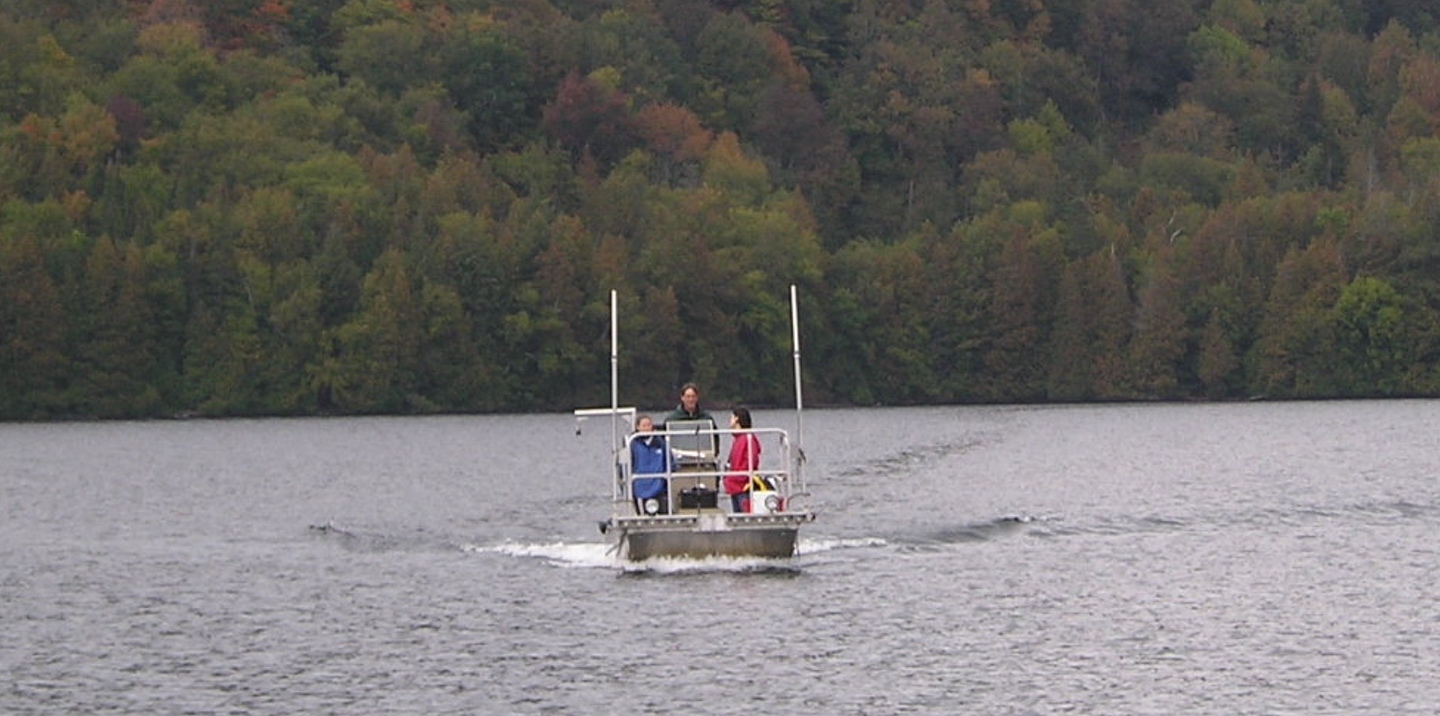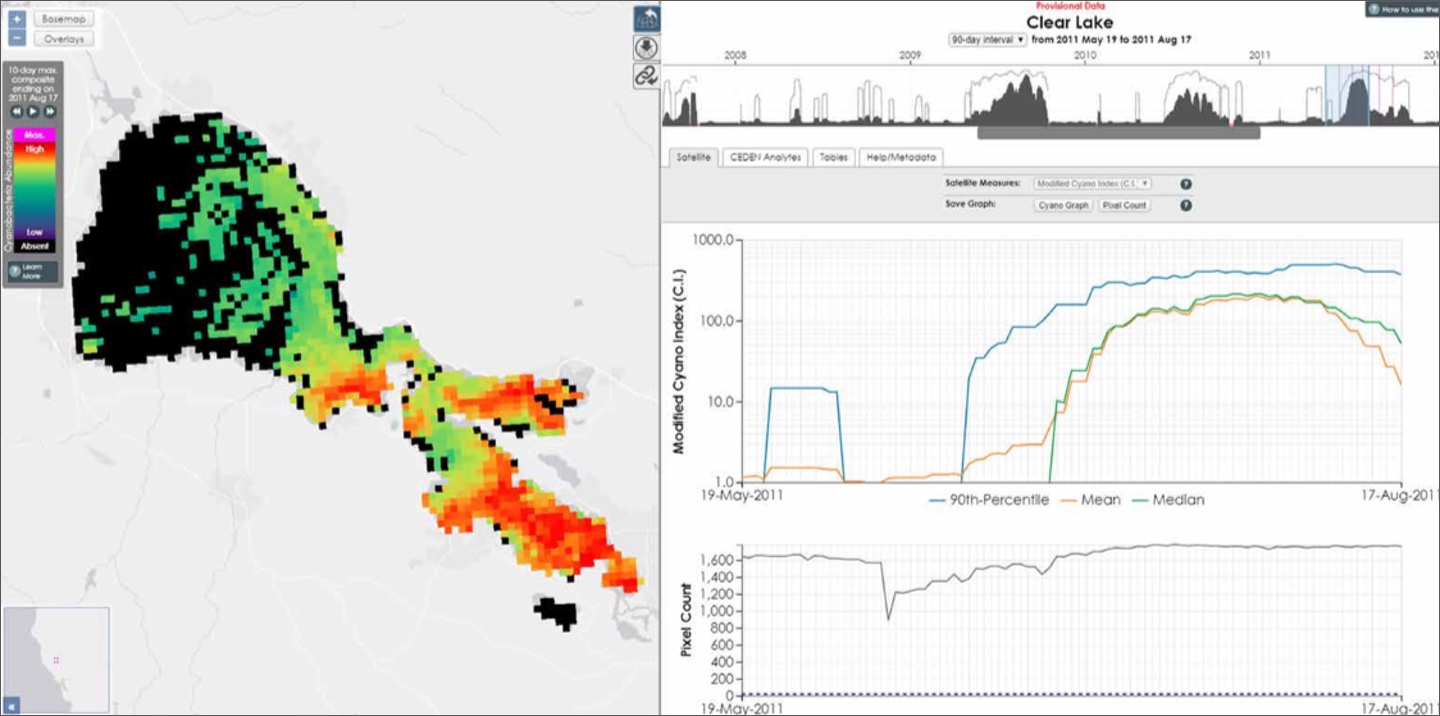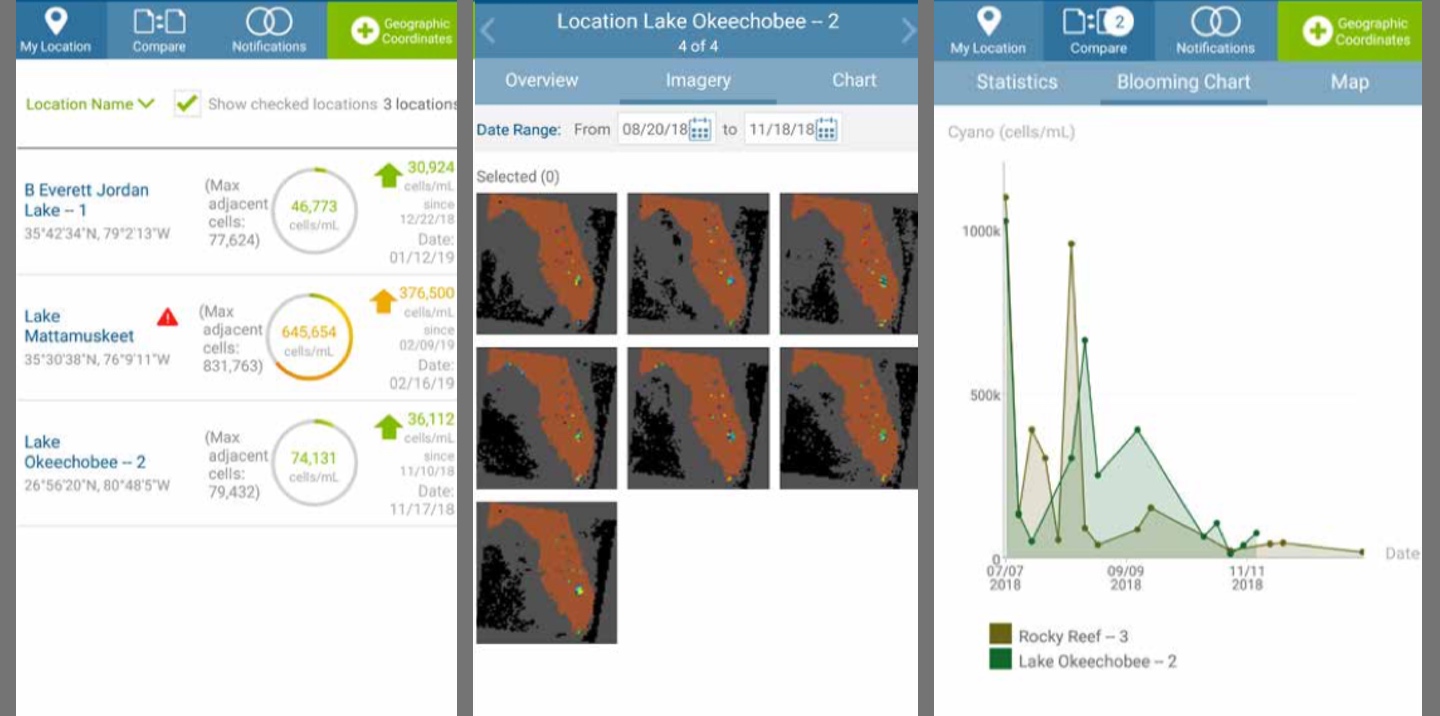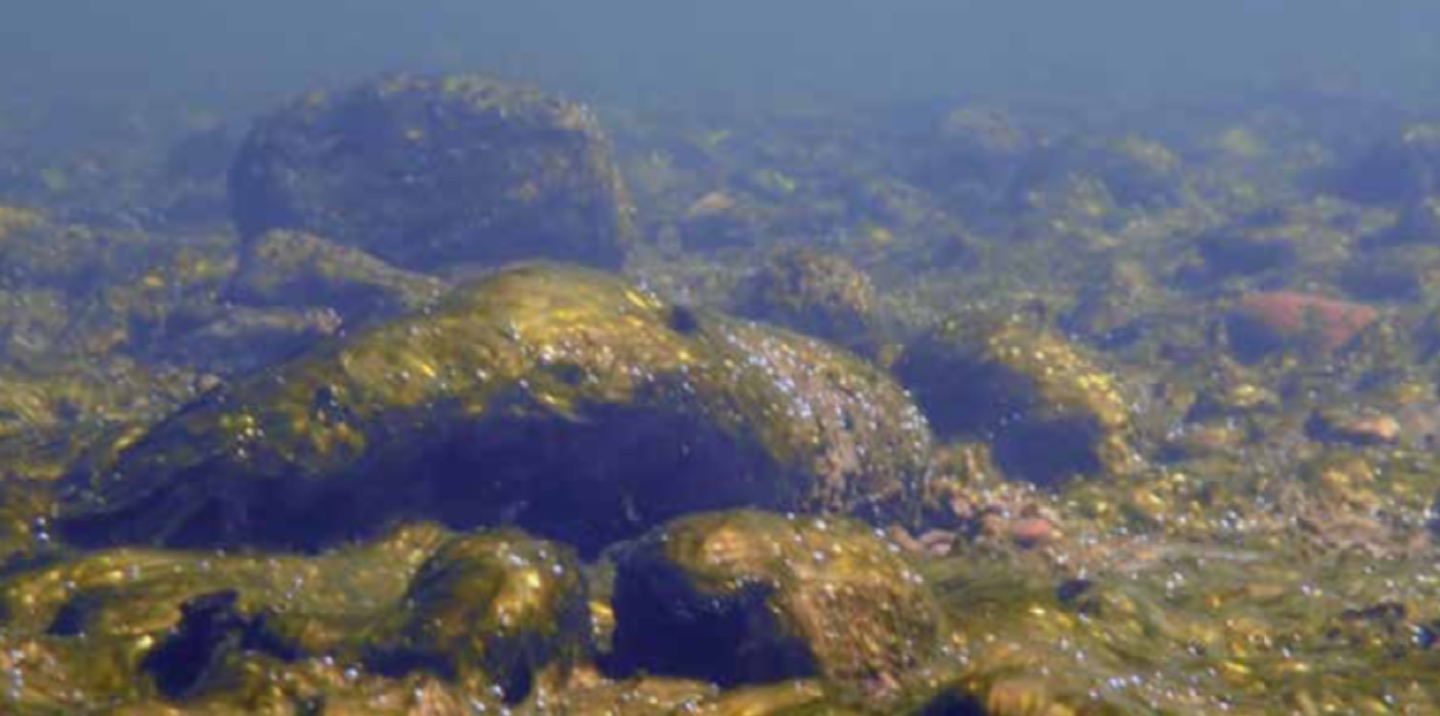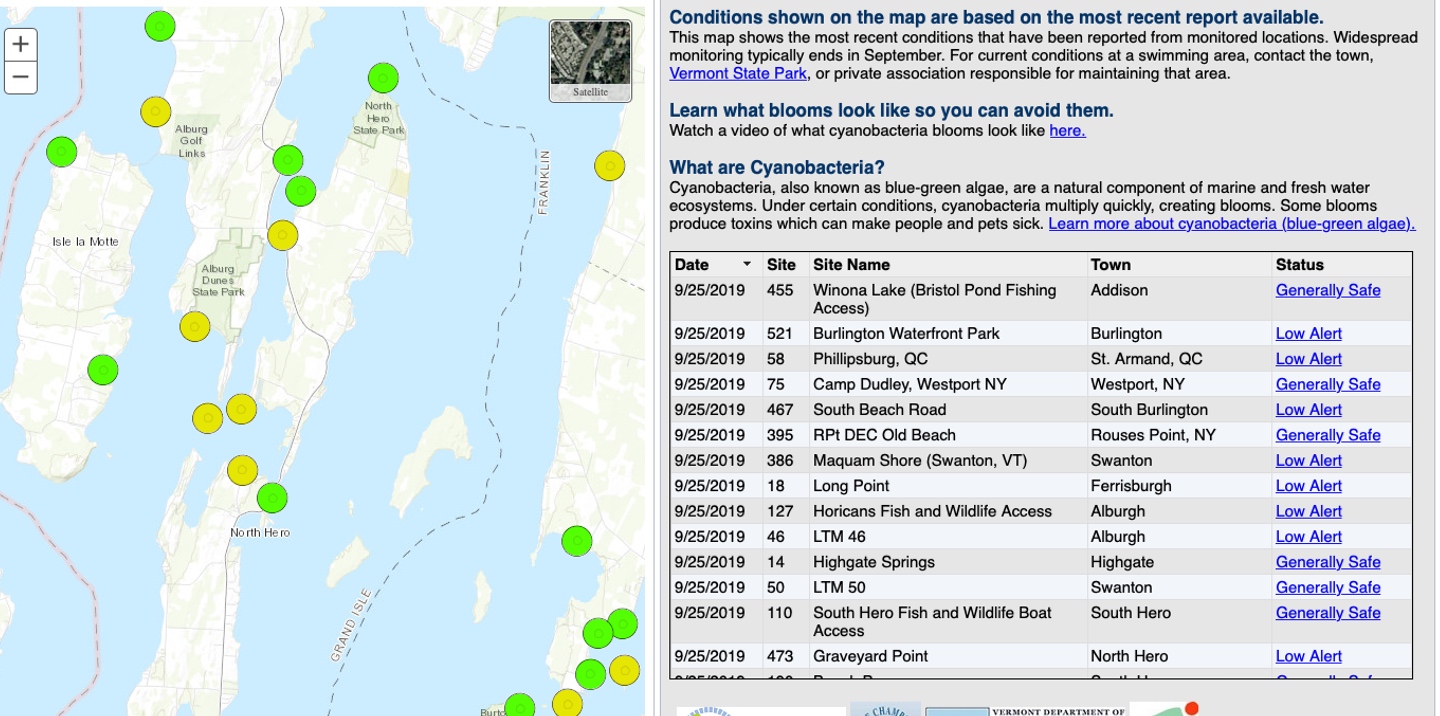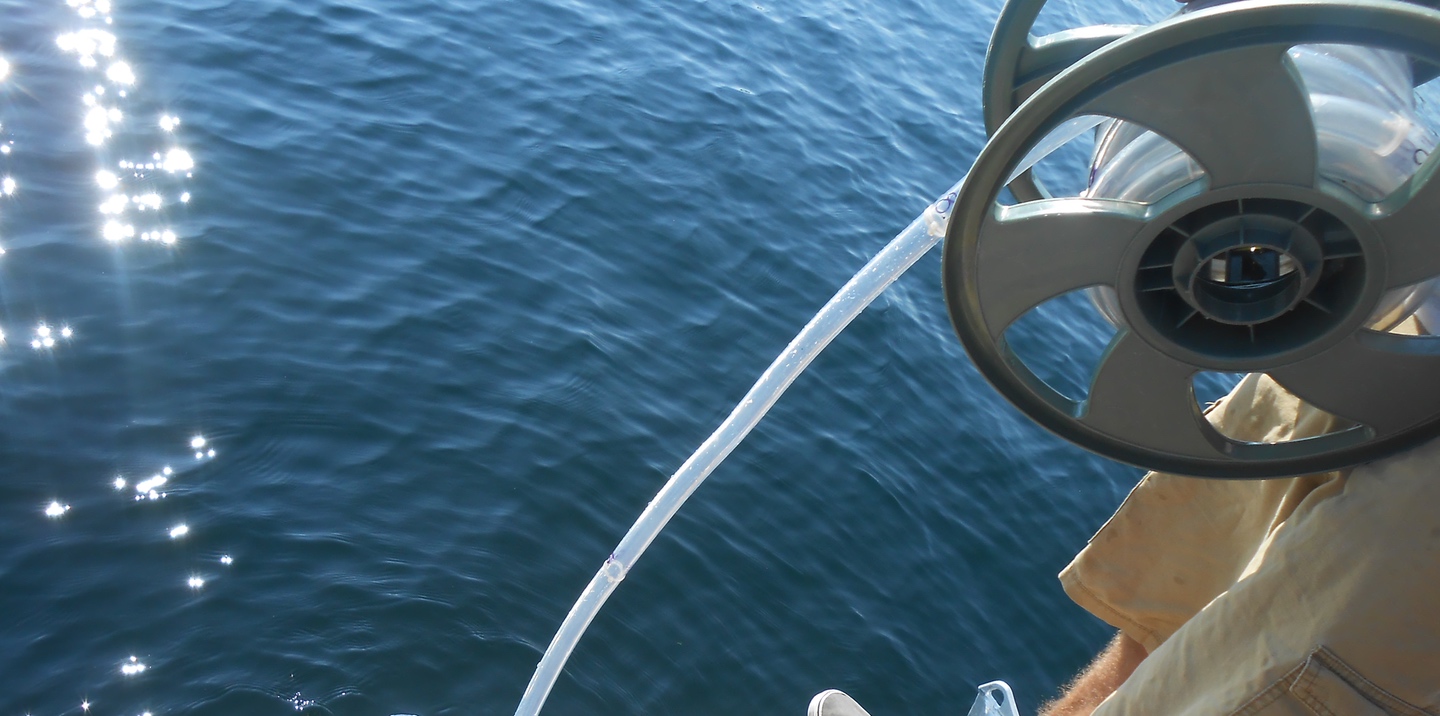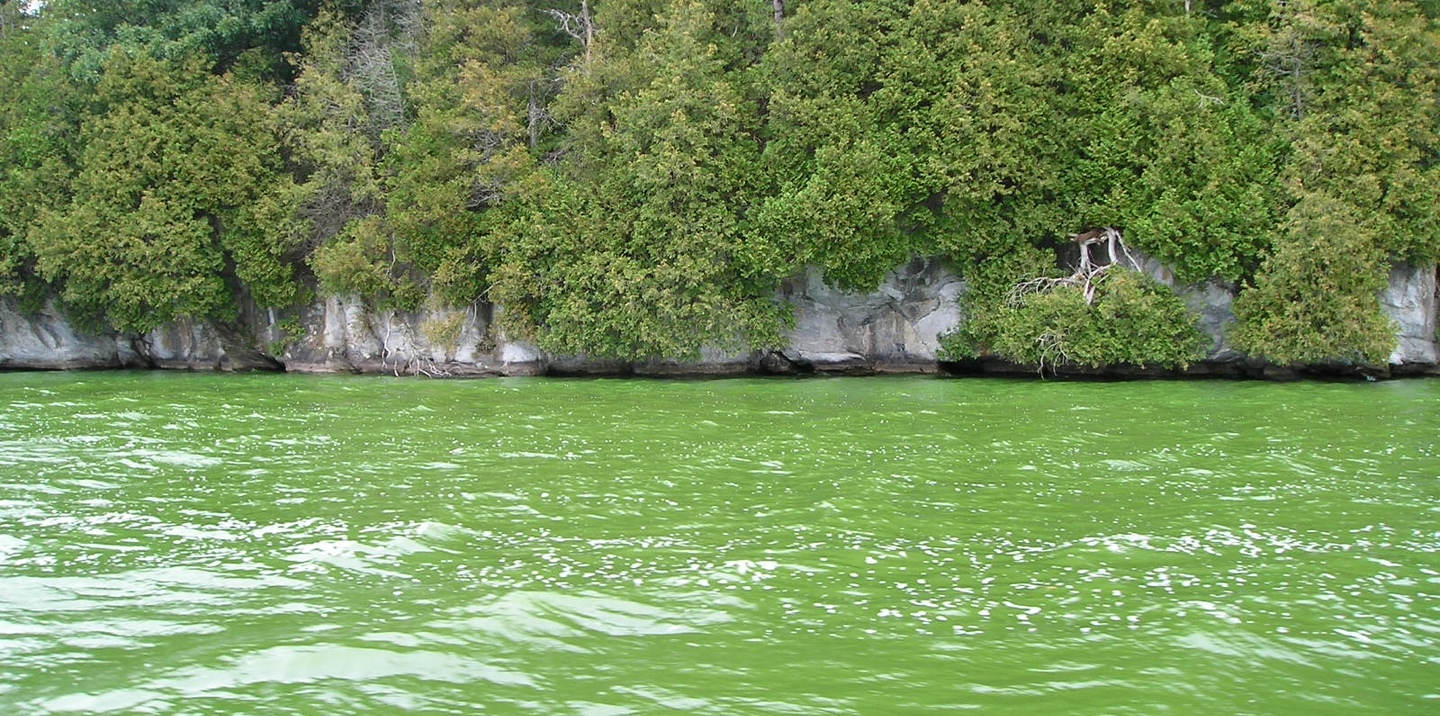News From Our Affiliates — May / June 2019
California Lake Management Society (CALMS)
The California Lake Management Society (CALMS) would like to encourage you to submit your abstract for the 34th annual conference held on October 10–11 in San Diego, California. Abstracts are due by Friday, July 12, 2019. // California Lake Management Society
Lower Qu’Appelle Watershed Stewards Undertakes Sewage Survey
There are six recreational lakes within our watershed with many resort villages, hamlets and towns that reside along the watershed edge. Water in the Qu’Appelle River watershed is used for many ...

